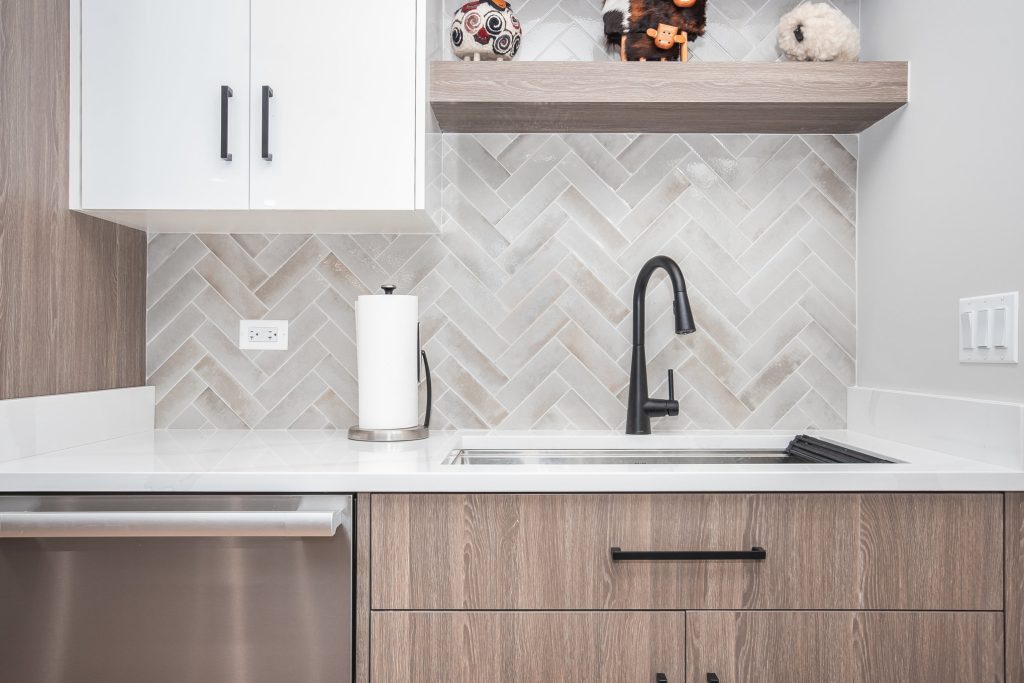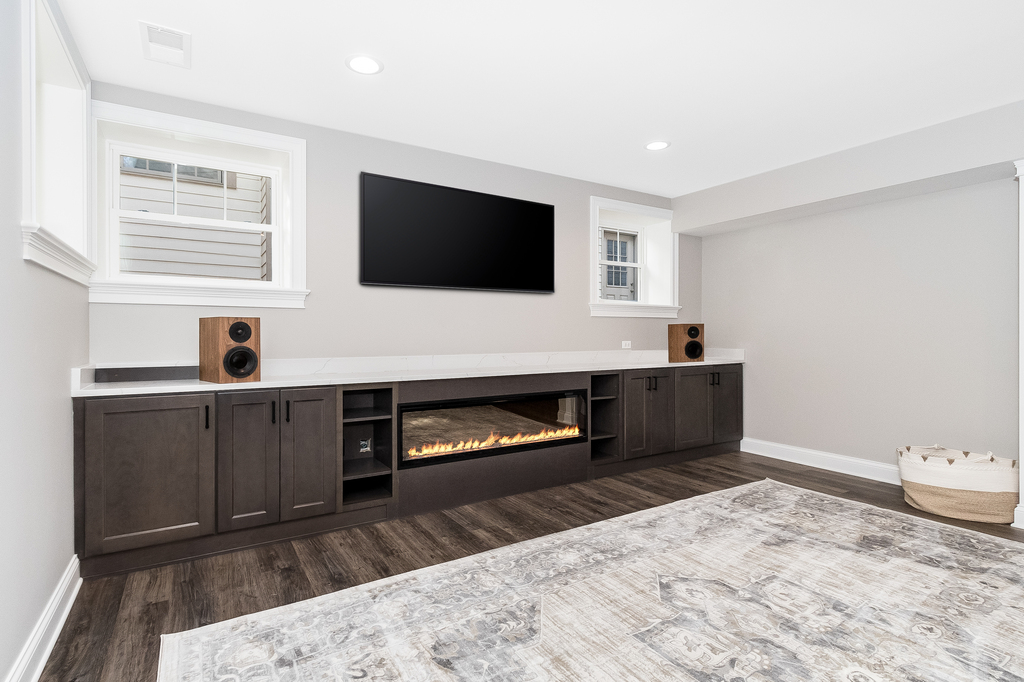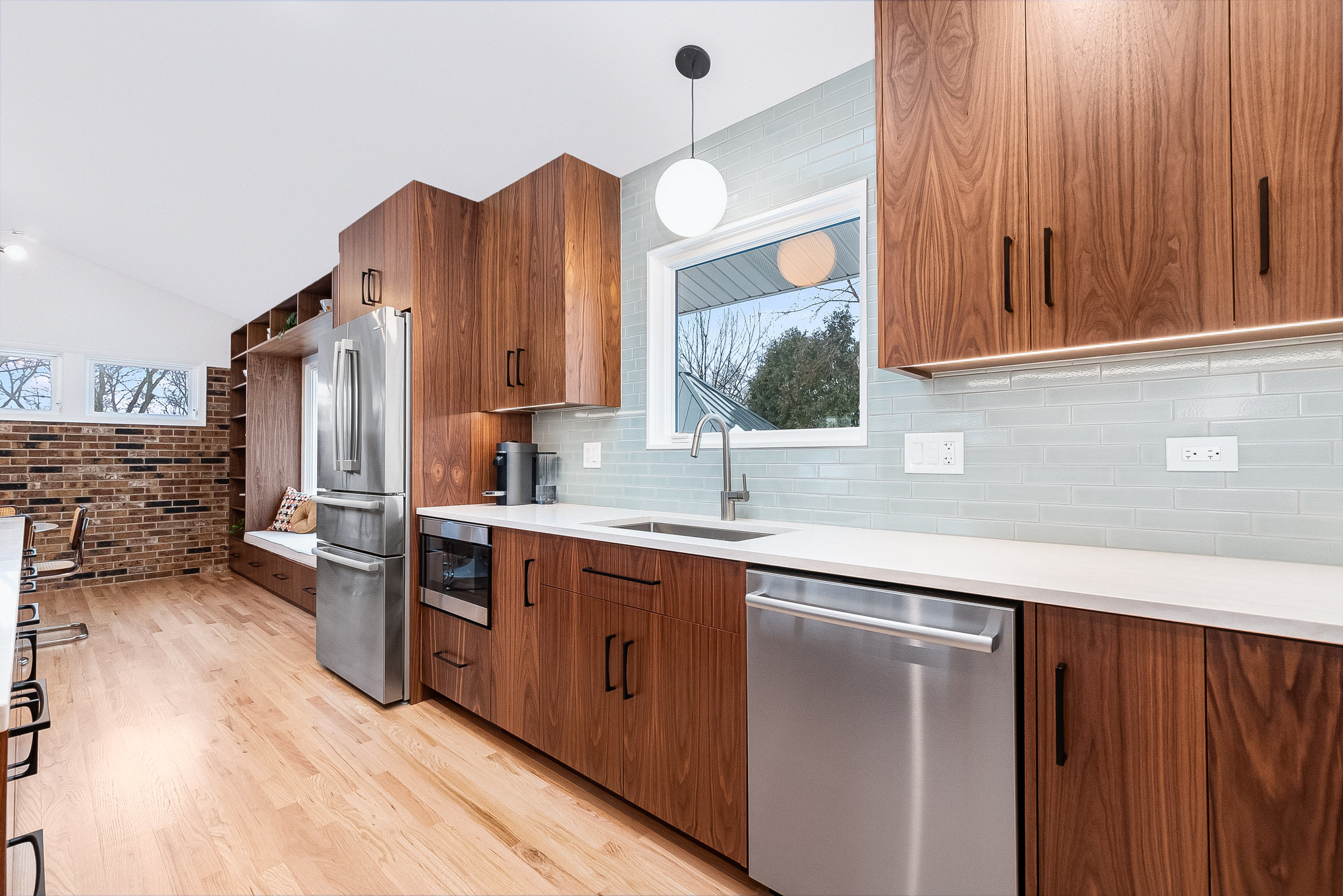In the realm of home building and renovation, the concept of “sweat equity” has long been a guiding principle for many homeowners. It’s the idea that putting in your own hard work and effort into improving your home can yield significant returns, both in terms of personal satisfaction and financial gain. However, in today’s real estate landscape, this once-reliable strategy is facing new challenges and limitations.
Diminished Returns on Investment
One of the harsh realities facing homeowners today is that putting money into your home does not always result in a return of 100 percent or more of the cost. Traditionally, home improvement projects were seen as investments that would increase the overall value of a property. However, in many cases, the returns on these investments have diminished, leaving homeowners with a smaller financial gain than expected.

Market Conditions and Property Values
One of the primary factors contributing to this shift is the unprecedented rise in property values, especially in urban areas. The soaring demand for housing has driven up the prices of even dilapidated properties to levels that make it challenging to create equitable value through renovation work alone. What once seemed like a promising opportunity to turn a profit through sweat equity may now feel like a futile endeavor in the face of inflated property values.

The Long-Term Perspective
Despite the discouraging trends in the current market, it’s essential for homeowners to adopt a long-term perspective when considering home improvement projects. While adding immediate value to your home may not seem like the most prudent decision in the short term, the dynamics of low real estate inventory suggest that home values are likely to continue growing over time.
In essence, the math of home improvement is no longer as straightforward as it once was. Instead of expecting immediate returns on investment, homeowners must carefully evaluate the long-term potential of their property and the broader market trends. While it may require patience and strategic planning, investing in your home can still yield significant rewards over time.
Navigating the New Landscape
In light of these challenges, it’s essential for homeowners to approach home building and renovation projects with a clear understanding of the current market conditions. This may involve seeking guidance from real estate professionals, conducting thorough research, and considering alternative strategies for maximizing the value of your home.
For some homeowners, this may mean focusing on maintenance and essential repairs rather than ambitious renovation projects. For others, it could involve exploring creative ways to add value to their property, such as converting unused spaces or investing in energy-efficient upgrades.
Ultimately, while the era of easy sweat equity may be behind us, there are still opportunities for homeowners to enhance the value of their properties in today’s market. By taking a strategic and long-term approach to home building and renovation, homeowners can navigate the new landscape and ensure that their investments continue to yield dividends for years to come.





